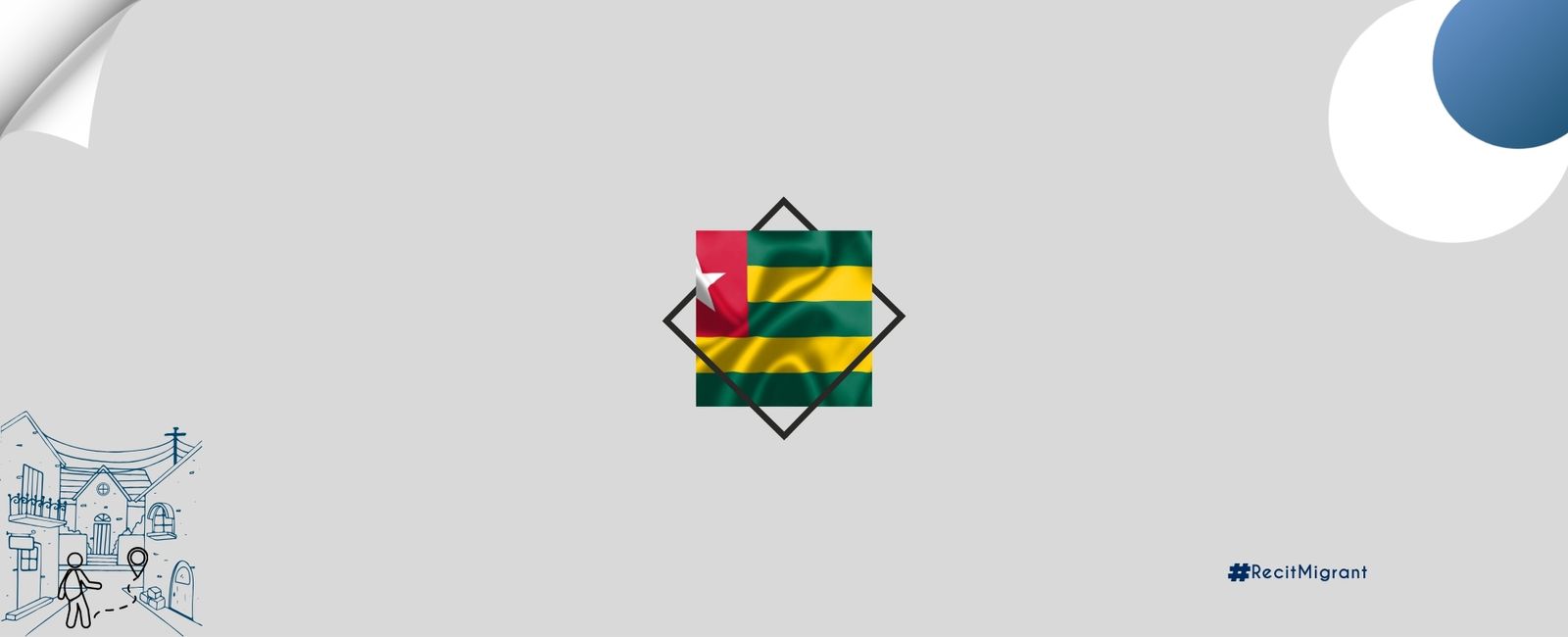

Lomé, the Togolese capital is changing rapidly. Between 2010 and 2022, the population of the Greater Lomé area increased steadily by around 2.5–3% each year, growing from approximately 1.57 million to over 2.1 million inhabitants. This demographic increase, driven by ongoing rural exodus and internal migration, exerts significant pressure on housing, transportation, sanitation, healthcare and employment.
People are attracted to Lomé for three main reasons: job and economic opportunities (markets, the port and services); better access to services such as healthcare, education and public administration as compared to rural areas; and the agglomeration effect — the presence of diaspora and information networks that encourage migration to the capital.
This phenomenon is not unique to Togo. Urbanisation in West Africa follows a similar trend. Cities offer both formal and informal employment opportunities and receive greater infrastructure investment, which attracts rural populations seeking better incomes or services. If this pace continues, projections indicate that Togo could urban-rural parity in the coming decades.
Pressure on housing: informality and urban sprawl
Demand for housing far exceeds the formal supply. Consequently, there has been an increase in informal settlements and slums on the outskirts of the city. This has led to rising rents in central neighbourhoods, as well as land disputes and the unplanned occupation of vulnerable areas, such as flood zones and riverbanks.
The National Development Plan, the government’s 2020–2025 roadmap, and master plans all call for social housing development and urban planning scheme updates. However, implementation remains challenging given the rapid pace of population growth and land constraints. The government is currently working on a new Master Development Plan for Greater Lomé.
Transport and mobility: Traffic jams, motorcycle taxis and the Sustainable Urban Mobility Plan (SUMP)
Congestion on the roads and the growing number of vehicles, especially motorcycle taxis, place a heavy burden on mobility. Recurring consequences include time loss, pollution, and road insecurity, which affect the urban economy.
To address these issues, Lomé is developing a Sustainable Urban Mobility Plan (SUMP). This initiative aims to improve transport planning, enhance road safety and optimise public transport services. The assessment carried out as part of this plan has helped to identify priorities and strengthen institutional capacities.
Sanitation, water and flooding: Environmental Vulnerabilities
Unplanned urbanisation increases vulnerability to flooding through the occupation of sensitive sites, insufficient stormwater drainage networks and uncontrolled waste dumping. Recent studies, including “Urbanization Impacts on Wetland Ecosystems in Northern Municipalities of Lomé (Togo): A Study of Flora, Urban Landscape Dynamics and Environmental Risks” – highlight the impact of urbanisation on Lomé’s wetlands and coastal ecosystems, which has direct repercussions for public health (e.g. waterborne diseases) and urban resilience. The authorities are relying on national projects and World Bank–supported programmes to develop urban sanitation and water management plans.
Health and education: Services stretched to the limit
The influx of people has led to overcrowded classrooms, overstretched healthcare facilities and an increasing demand for qualified staff. While cities are concentrating more institutions, their capacity has not kept pace with demand, creating inequalities in access based on income and status (formal residents versus informal settlers). International organisations such as the World Bank, the United Nations and various NGOs are supporting programmes aimed at improving access to basic services.
Employment: Difficult formalisation and the rise of the informal sector
The majority of new arrivals find themselves working in the informal economy, in activities such as street vending, small trades and informal transport. A lack of targeted qualifications, limited local vocational training opportunities and a scarcity of formal jobs mean that the capital is absorbing a largely precarious workforce. There is a risk of social vulnerabilities being reproduced in urban areas, such as unemployment and underemployment. Training and job placement programmes are therefore recommended to better align labour demand and supply.
Environment and Heritage: Tensions between development and conservation
Pressure on land and rapid construction can threaten architectural heritage and green spaces. Recent debates, such as those surrounding the restoration of the Palais de Lomé compared to other historical buildings, illustrate the challenge of reconciling modernisation with cultural preservation in the context of accelerated urbanisation.
What the authorities and partners are doing: Plans, projects and limitations
Several initiatives demonstrate that the State and its partners recognise the need for Lomé to reinvent itself in order to remain habitable. Among them are:
The Master Urban Development Plan (SDAU) for Greater Lomé: Currently being finalised to better organise urban expansion and plan infrastructure.
Projects supported by the World Bank for urban development, planning and sanitation (as documented in World Bank reports).
The Sustainable Urban Mobility Plan (SUMP): This involves developing a mobility strategy aimed at reducing congestion and strengthening transport governance.
Institutional Capacity Building: Actions led by UNDP/UN agencies and national programmes, integrated into the National Development Plan (PND) and the government roadmap for 2020–2025.
While these responses demonstrate a strong commitment, implementation is still being held back by limited resources, complex land management issues and emerging social needs.
Practical recommendations for sustainable adaptation:
Accelerate the finalisation and implementation of the Greater Lomé Master Urban Development Plan – SDAU), including zoning, land reserves for social housing and the protection of high-risk areas.
Deploy sanitation and stormwater management solutions rapidly through comprehensive sanitation master plans to reduce flood exposure.
Strengthen the SUMP and the transport governance system by priorising public transport, developing cycling infrastructure and regulating motorcycle taxis.
Invest in vocational training and access to financing to formalise urban economic activities and improve livelihoods.
Lomé is undergoing rapid transformation, driven by an ongoing influx of people from rural areas and beyond. This growth brings well-recognised challenges in terms of housing, mobility, sanitation and social services, which are already being addressed by existing plans. The key now is to accelerate implementation, strengthen coordination among stakeholders (the State, municipalities, donors and civil society) and mobilise sustainable resources. Only then will urban growth become synonymous with inclusion and resilience rather than deepening inequality and vulnerability.


